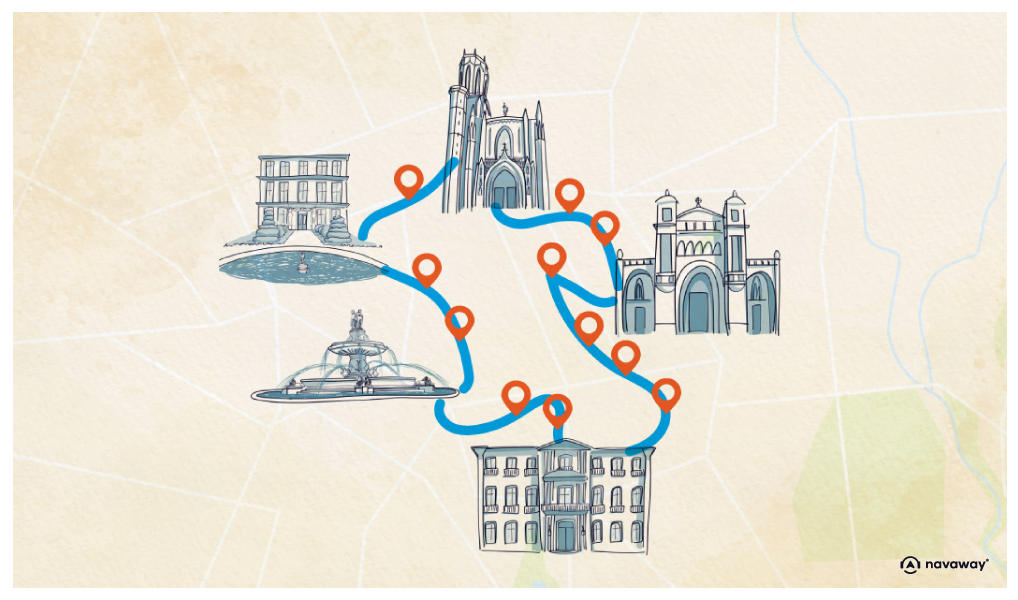
Town Hall square
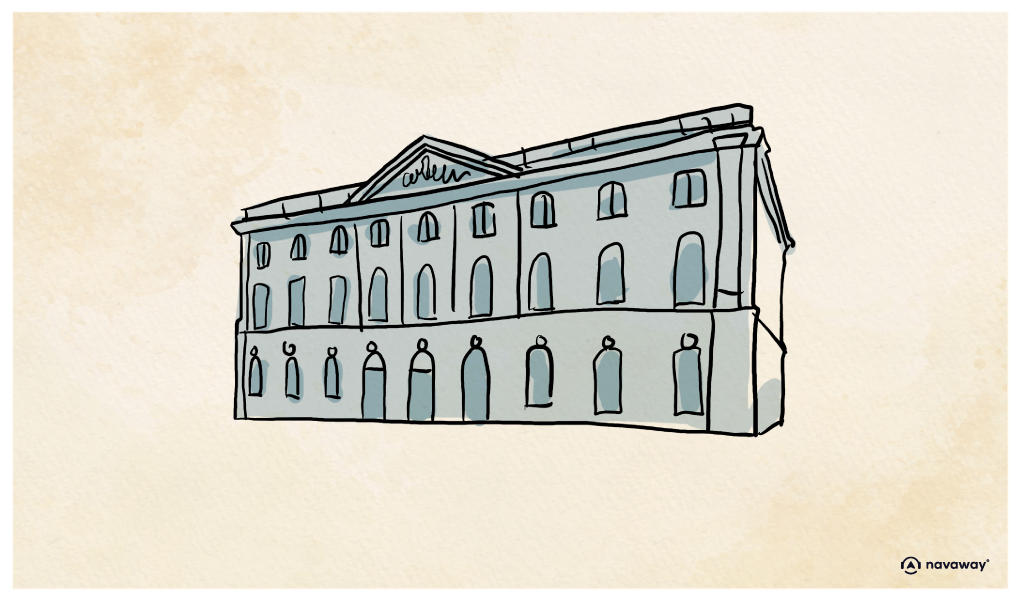
This point of interest is available as audio on the tour: Visit Aix-en-Provence, The city of fountains
Welcome to the Town Hall square, home to the Clock Tower, one of Aix’s oldest monuments. It was built in 1510 atop a white limestone base dating all the way back to Roman times. The clock you see at the top was added in the 1930s, replacing an earlier astronomical clock, nicknamed the “Seven Planets Clock”. Back then, it was framed by seven statues representing the different planets of the solar system and the days of the week: the Moon on Mondays, Mars on Tuesdays, Mercury on Wednesdays, Jupiter on Thursdays, Venus on Fridays, Saturn on Saturdays and the Sun on Sundays. Sadly, only four of these statues remain today, peeking out from under the second clock. Now, they each correspond to a season: Venus for summer, Mars for winter, Jupiter for autumn and Mercury for spring. Speaking of clocks, the one on the bottom is a Moon phase clock, used to track the lunar phases. As for the mechanical clock at the top, it was modeled on the old astronomical clock. In fact, there’s another one on the other side of the tower! This clock was the talk of the town when it was first installed. You see, astronomical clocks were a novelty in Europe, so having one here was pretty exciting. But back to the Town Hall! It was first built in the 14th century, then rebuilt in the 17th along the lines of Italian palaces. Its façade was far more ornate than it is today. However, it lost all its beautiful, rich detailing during the Revolution. The building was designed by architect Pierre Pavillon, with the help of sculptors Rambot and Fossé. Let’s take a look at the entrance which, by the way, leads to the building’s inner courtyard. The door is framed by four Doric columns, and above it is a wrought iron balcony dating from 1661. Inside, you’ll find the Hall of the Estates of Provence, housing portraits of French kings and the Counts of Provence, as well as paintings recounting the history of the city and the region. The building was listed as a historical monument back in 1995. As for the square, it’s one of the liveliest spots in town, packed with cafés and outdoor terraces overflowing with people day and night. You can’t miss, of course, the beautiful fountain at its center! It was built by Jean-Pancrace Chastel in 1755 and topped by a Roman column. It too is listed as a historical monument. Behind you, you can see the former grain market building. Its pediment features two allegorical figures representing the Rhône and Durance rivers, the city’s lifelines. The Rhône is shown as Saturn, the god of agriculture, in a nod to its fertile soils, and the Durance as Cybele, the goddess of fruitfulness. Today, the building houses the municipal library. Given all this, you can easily see why the Town Hall square is a must-see and such an important part of Aix-en-Provence’s heritage!


Discover Aix-en-Provence with app
An interactive guide through the most beautiful streets, squares, and districts
24 fun audioguides full of historical facts, anecdotes, and legends
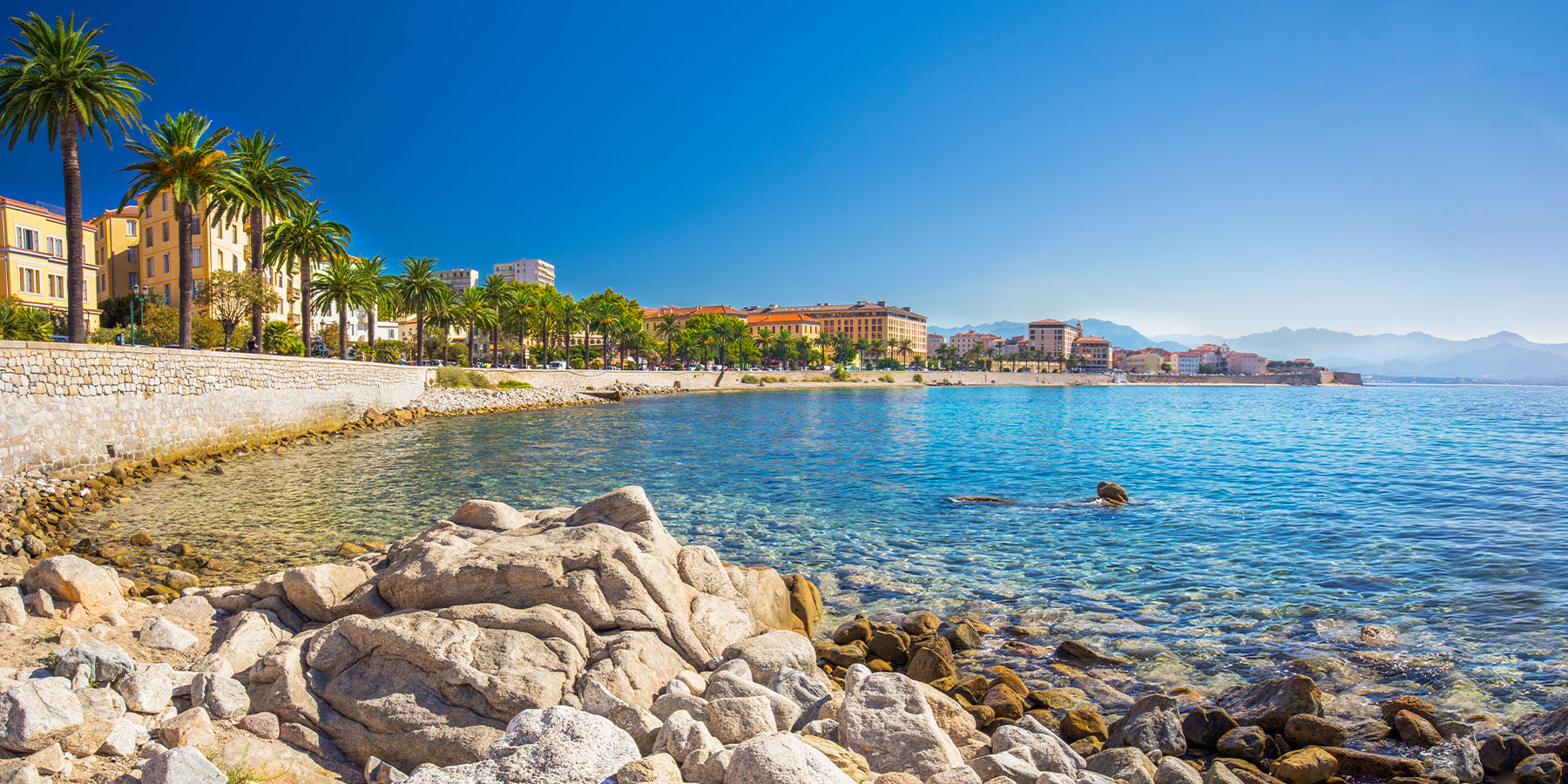
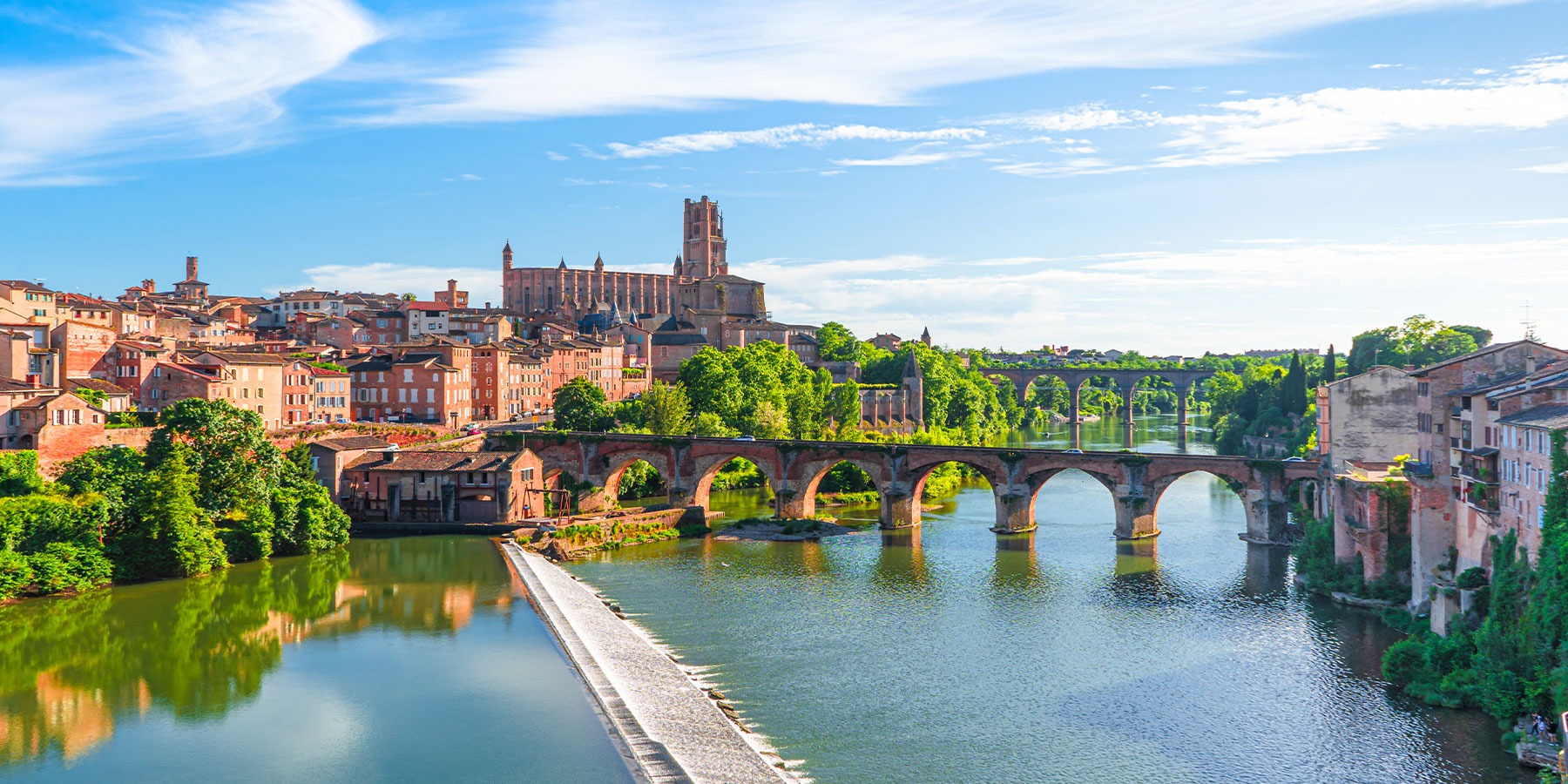
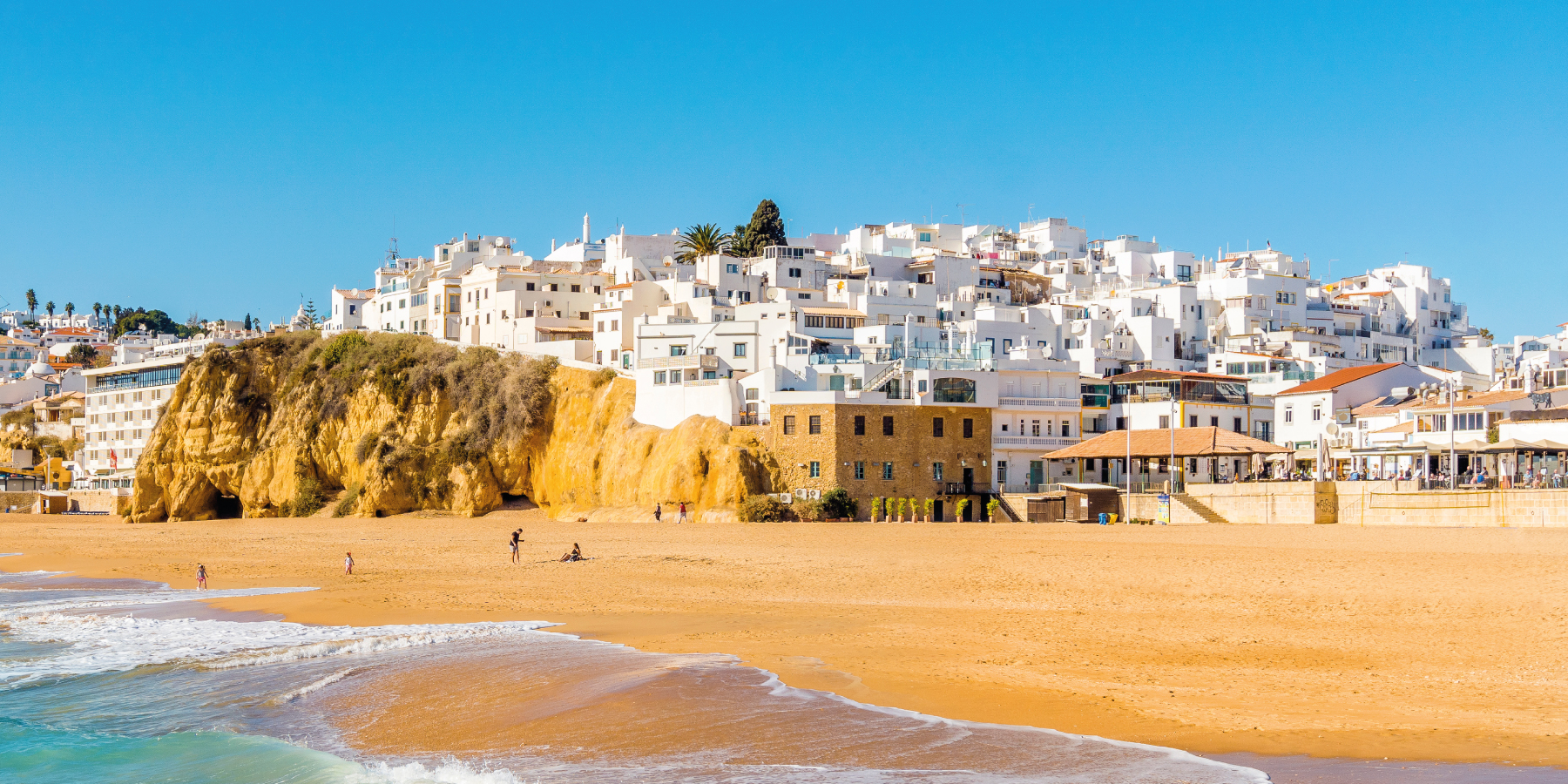


Comments